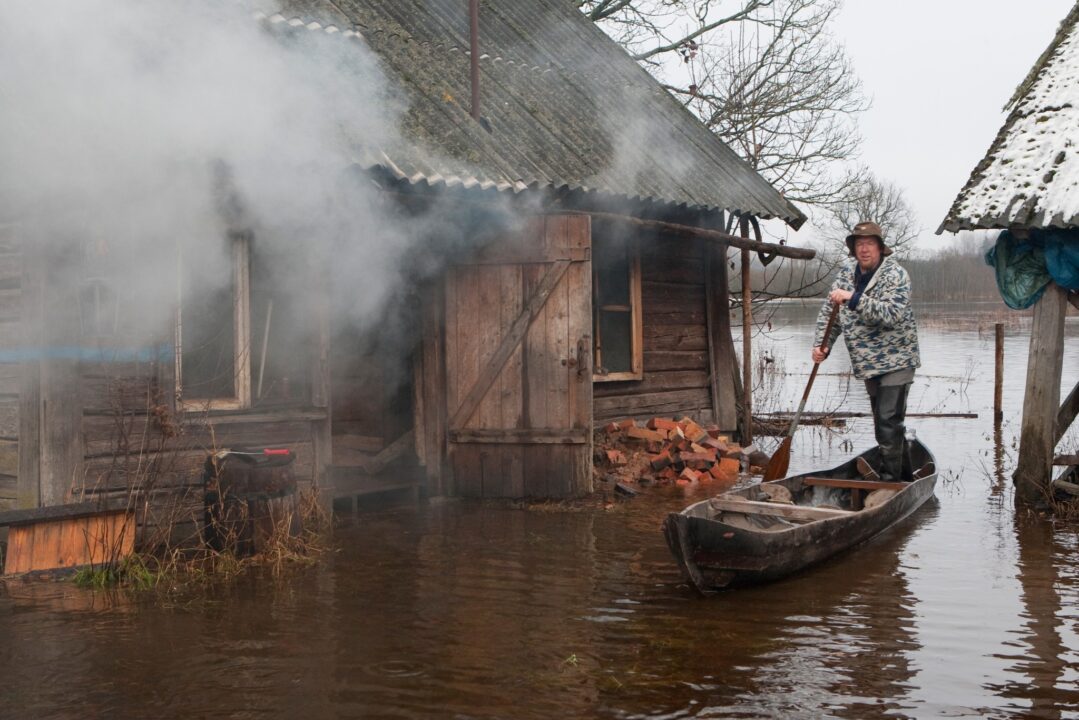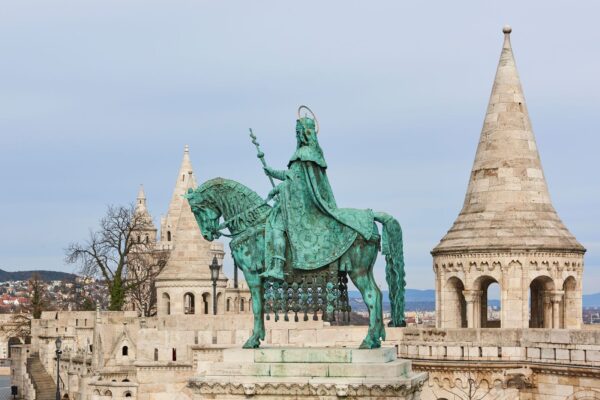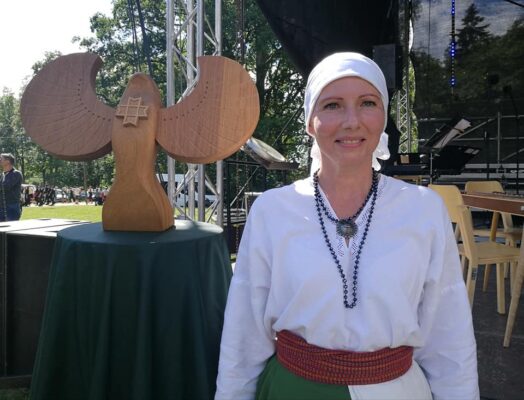Estonia’s Soomaa region dugout boat culture added to UNESCO protection list
This is Estonia’s fifth entry on the Intangible Cultural Heritage list and the first which is described as urgently in need of safeguarding.

The building and use of expanded dugout tree boats in Estonia’s Soomaa region was added to UNESCO’s Intangible Cultural Heritage in Need of Urgent Safeguarding list on Tuesday.
The expanded dugout boat is a canoe-like boat made by hollowing out a single tree, usually aspen, with expanded sides and a shallow base.
Until the 1960s, the boats were used for daily transport on rivers and fishing but now their use has changed and become more recreational.
Building a dugout boat is an integrated and complex process, said dugout boat master and nature tourism entrepreneur Aivar Ruukel. It begins with the identification of a suitable tree and culminates with the launching of the boat.
The boats have a special role in the identity and cultural heritage of the Estonian people and in particular of the Soomaa region’s community.
Aivar Ruukel
“Dugout boats represent our roots, history and identity. In today’s cultural space it is especially remarkable that one element of Soomaa region’s distinctive heritage has made it into the UNESCO list,” Ruukel said.
He added the UNESCO inscription is also a major recognition of the five dugout boat masters “who carry forward the centuries-old cultural heritage of Soomaa’s past dugout boat builders”.
By adding the dugout boat to the safeguarding list it will become protected with a multi-year plan. This will aim to train the next generation of boat masters and ensure the continuation of the tradition. Additionally, it is planned to find new sustainable uses for the boats.
The URALIC Center’s Oliver Loode, a member of the UNESCO application project team, said the inscription may also be of interest to other Finno-Ugric peoples and indigenous peoples worldwide.
“Soomaa’s dugout boat culture shares much in common with dugout boat heritage among Finno-Ugric peoples of Russia and indigenous peoples worldwide, including in the USA and Canada,” he said.
It is hoped Soomaa’s example may prompt other communities to try and add their culture to the list.
This is Estonia’s fifth entry on the Intangible Cultural Heritage list and the first which is described as urgently in need of safeguarding.
The Soomaa region is located in western Estonia and is famous for having an annual “fifth season” which occurs when the winter snow melts causing sudden flooding. The maximum water level can change by as much as 5.5 meters.
“Living with the flowing water has introduced its own way of life,” the soomaa.ee website writes.




